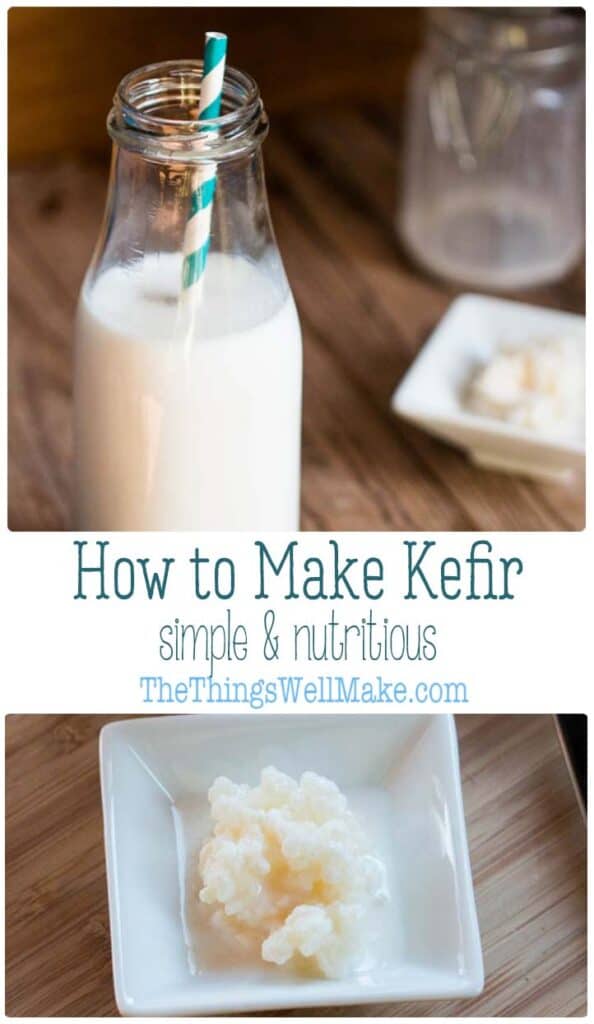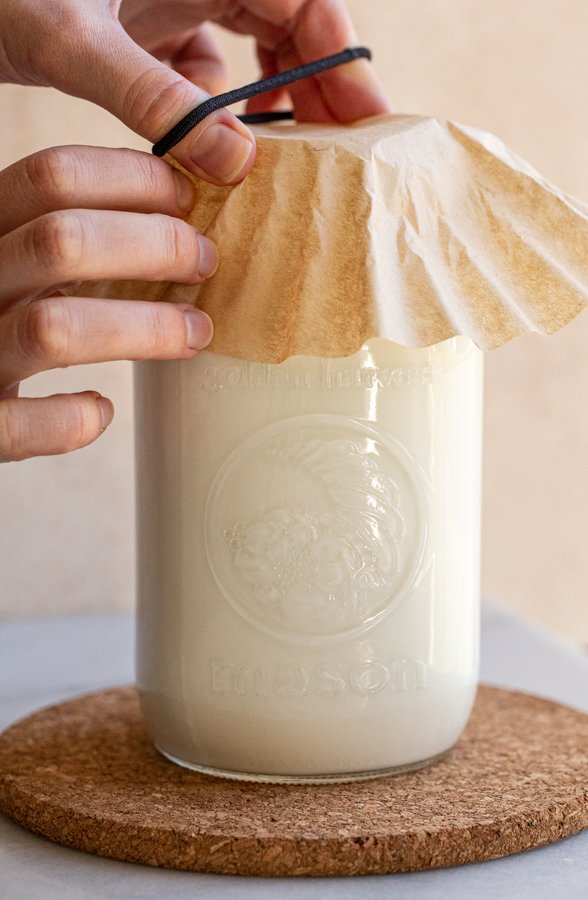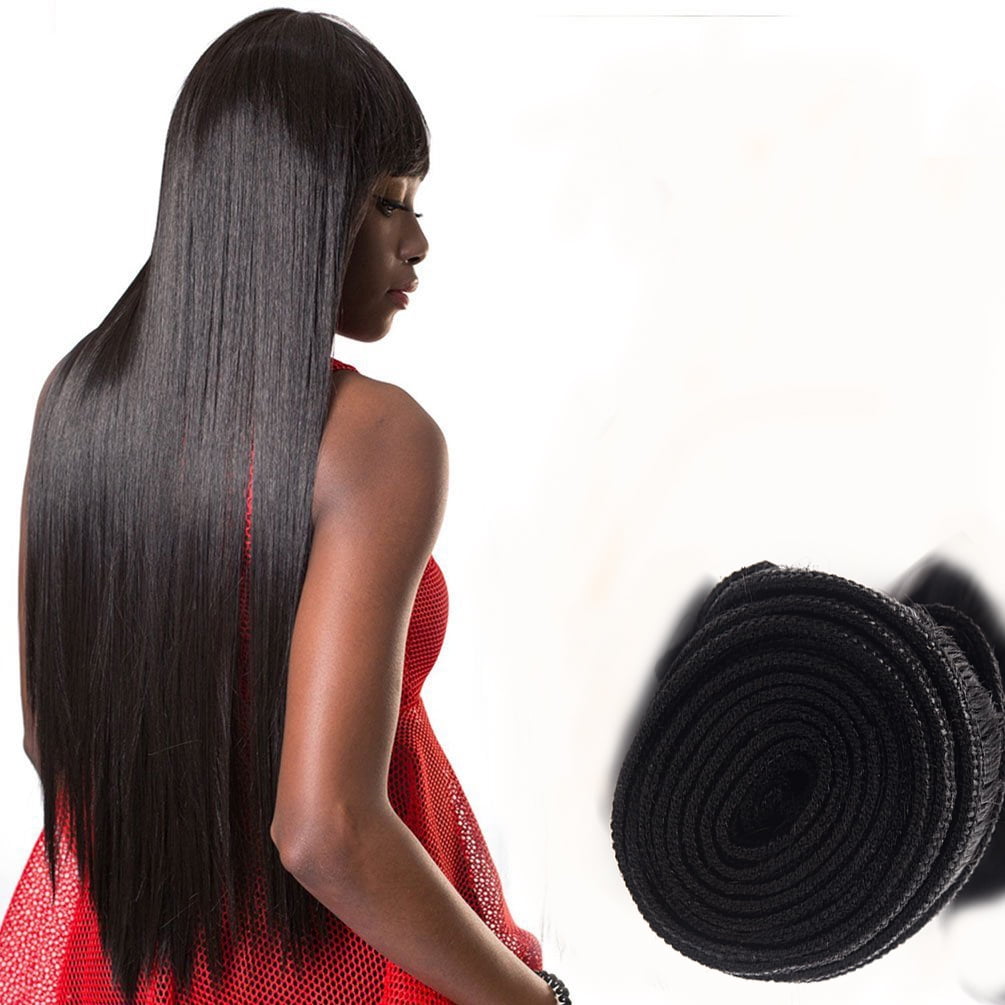Table of Content
If you are trying to grow kefir grains during a cooler time of year, use 2 tbsp . Place the kefir grain directly into a clean jar and cover with milk to culture a new batch. I think that milk kefir is the easiest way to get into making your own cultured food.

Air should be able to pass to allow the batch to breath and allow excess carbon dioxide to escape. We hope you use this tutorial to enjoy this Russian/European drink at the comfort of your home and kitchen. If you liked this tutorial, please leave a comment below for discussions or contact us for any questions you might have. To make kefir again, use the grains and procedure above.
What Are Personalized Probiotics?
Kefir grains are actually a starter culture that is used to make several different food products, including yogurt, cheese and bread. Kefir grains can be made into a variety of delicious foods and can even be eaten alone. Even though kefir is a dairy product, placing it on the counter — not in the refrigerator — to ferment is perfectly safe, says Rieg. "The natural fermentation process will inhibit bad bacteria from forming," she says. If you instead seal your jar with a tight lid, your kefir will become more carbonated.
Hold the sieve over a bowl to catch the ripened milk. With time, the grains will start to multiple so you'll have more and more. Likely, your source for the kefir grains will be a previous batch of kefir. However, if you've never made kefir before, you'll have to source grains either online or through a community network . Add at least two grains (they'll be about the size of an almond, roughly) to the 1 cup of room temperature milk.
How long do kefir grains last?
The fruits used are changed and mixed to create different flavors. Pidoux in 1898 also identified the sugary kefir grains with the ginger beer plant. Different ingredients or hygienic conditions might also change the bacteriological composition possibly leading to the different names found in scientific literature. As with milk kefir "grains", the microbes present in tibicos act in symbiosis to maintain a stable culture.

Kefir is a fermented drink which has been consumed for thousands of years. It originated in the Caucasus mountains in the former Soviet Union where the drink was fermented naturally in bags made of animal hides. Milk kefir can be made with a variety of milks (from animals or vegetables.) Learn how to make kefir at home and benefit from this probiotic beverage. 1st fermentation too short (not sour/too sweet), use...
How to Maintain or Grow your Kefir Grains:
This 2-4 day time period allows the grains “to eat” the sugar, so most of the sugar will actually be metabolized, and not end up in the drink itself. You want the water to get the point where it is just slightly sweet, and nicely tangy. Water Kefir grains are soft and gelatinous “grains” from a cactus plant.

Cover them with 4 cups (946.35 mL) of fresh whole animal milk to start making another batch of kefir. Pour the kefir through a plastic strainer into a container. Place a plastic strainer over top of a clean jar or sealable plastic container. Slowly pour out the fermented kefir through the strainer until all the liquid has drained into the jar or container. You’ll be left with the kefir grains in the strainer.
The high margin of error in these cases is likely to be insufficient to keep these cases from going to trial. Bacteria limit the amount of alcohol kefir can produce as it ferments. There are no dominant yeasts that can compete with bacteria for food and nutrients, and airborne or otherwise, yeast is rarely dominant.

Kefir is a fermented milk drink that can be made from any type of milk — goat, cow, coconut, rice, soy, sheep, you name it. It's traditionally made by culturing milk with kefir grains, which are a mixture of bacteria and yeasts. More milk for longer breaks is best, to keep the grains well fed. Put a tight lid on the container and place it in the refrigerator.
It’s not recommended to let kefir come into contact with metal as it can have adverse effects on the bacteria cultures. I personally think kefir tastes best consumed in a smoothie. Sour fruits pair well with the tanginess of the kefir. You can add a bit of maple syrup to even out the tartness. At this point you can simply remove the kefir grains with a spoon. Finding plain, full-fat kefir at the store can be difficult.
You’ll be left with ready to drink keifr and your separated grains. I like to use kefir as a buttermilk substitute or use it to kick start other probiotic fermentations. You can use the whey for fermenting veggies or making homemade probiotic ketchup.

No comments:
Post a Comment